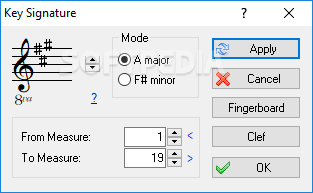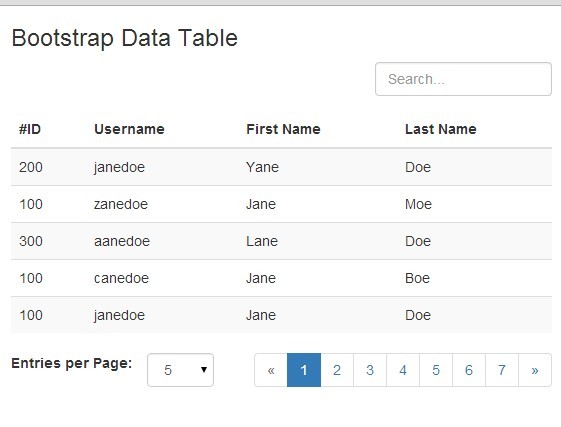

Your main consideration becomes maximum playback volume.

If you're going to stick to just a very basic tablature you don't have to worry about the basic setting for dynamics. Basic setup would then consist of the following steps: When you first open TablEdit this is the standard configuration for but let's pretend that it's not. Just type to automatically correct duration and note placement errors.įor the purposes of this tutorial, we're going to assume a 6-string guitar in standard tuning. If you see a note in red (or whatever other color you choose to assign to the function) you'll automatically know that you've either given the note too long a value or that you've placed the following note incorrectly. Activating this option (by marking the check box next to it) will cause duration errors along any given string to be displayed in red. The Screen options dialog contains an option labeled "Duration errors". TablEdit contains a very efficient function to help you avoid at least some entry errors. A small tip here: the dynamics display can be toggled on and off (keyboard shortcut ) during note entry so that these markings don't obscure the true value of dotted notes. Some of these are no more than simple entry errors while others are rooted in attempts to notate strictly by ear without an understanding of the structure of music (we'll get to this one a little farther down the page). The most common errors in TablEditing are those involving note durations. Some of these may, in fact, seldom actually be used to change settings but will provide you with visual references concerning the current setting or a setting that has previously been applied to an already existing note. It's recommended that you place at least the following palettes in the working window: The palettes provide a handy method of implementing the most common of those editing features not available from the keyboard with a minimal use of the mouse. Granted that menus and dialogs can be opened and navigated from the keyboard, this does, in many cases, waste time. The most efficient method is to do as much as possible directly from the keyboard. These provide you direct access to many of the most commonly used features of the program.Īlthough it's true that menus and the use of the mouse are much simpler for the beginner, they are also the slowest and most inefficient way of working. Frequent references will be made throughout this tutorial to the use of the various palettes provided by TablEdit. There is, however, one feature which will make your TablEditing life much easier. The vast majority of the settings will depend on your personal preferences. TablEdit provides the user with a large number of options for customizing the appearance and functionality of the software.


 0 kommentar(er)
0 kommentar(er)
